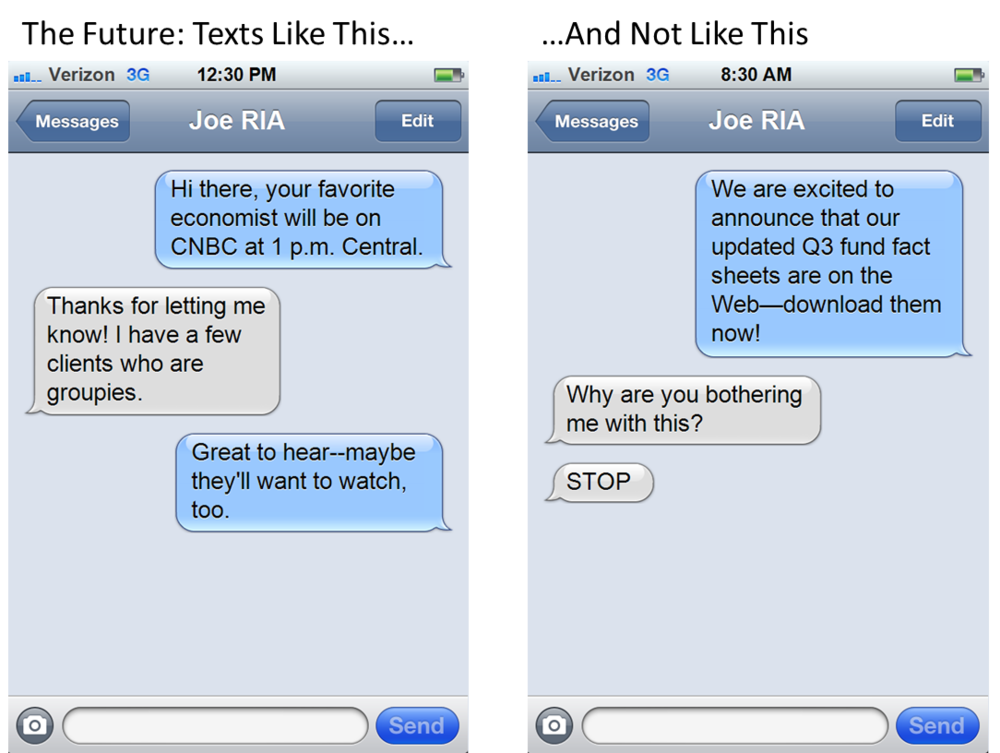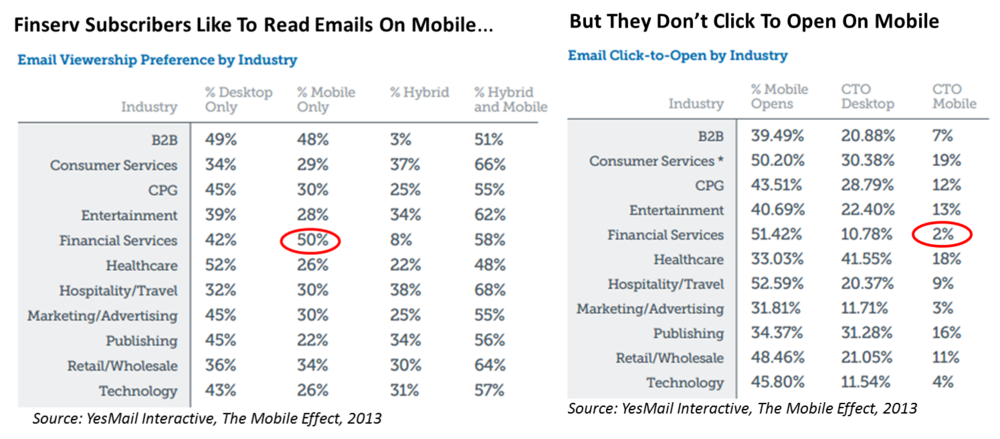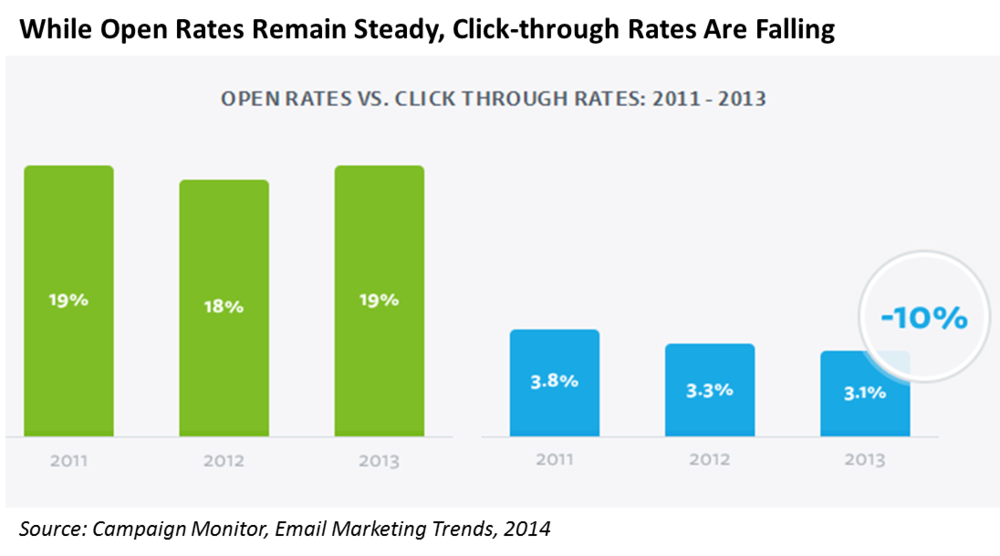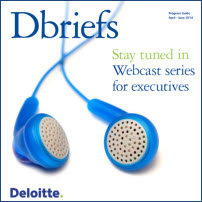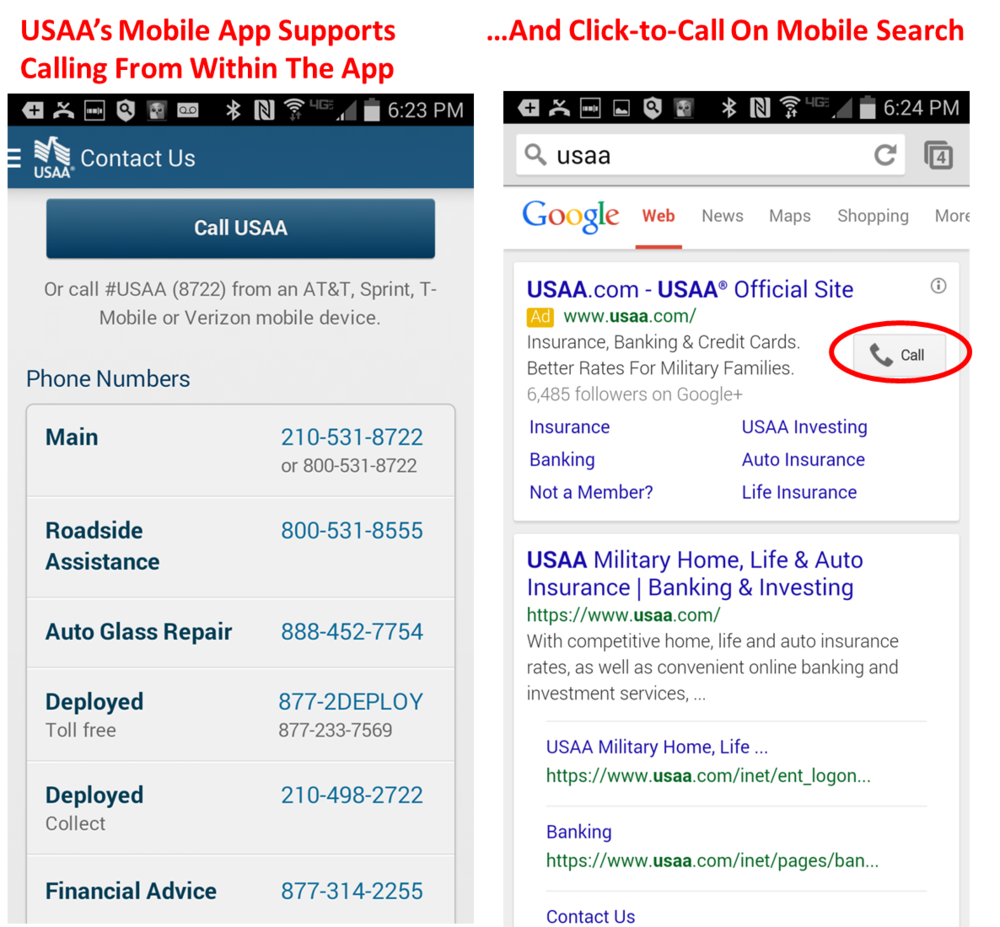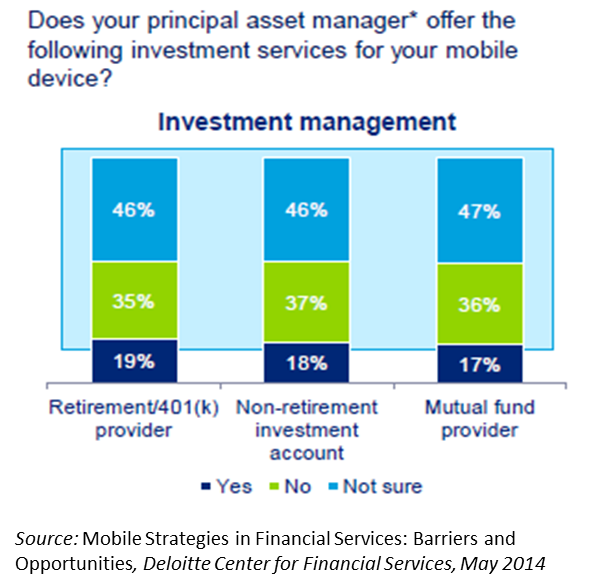A Quick Update On Multiple-Device Users, Cross-Domain Tracking, Tag Management
/ TweetMeasurability is a key difference between digital and traditional marketing.
The possibilities for gaining insights from digital analytics are boundless and ever-expanding—that’s the good and the bad news. There’s a lot to keep up with.
For a quick tune-up this week, I sat in on a Digital Marketing Depot Webinar, “Digital Analytics Checkup: How to evaluate the impact of your web analytics data.” The title was promising but it was the inclusion of Jim Sterne, founder of the Digital Analytics Association and eMetrics Summit, as a co-presenter that most appealed. I’ve heard Sterne speak before and it's always worthwhile. The co-presenter was Jenny Elliott, senior manager of digital analytics for CrossView, a cross-channel commerce solutions provider.
If you’re lucky enough to be a dedicated Web analyst employed by a mutual fund or exchange-traded fund (ETF) firm, you may be on top of all of this. But if analytics are only part of what you do or if the analytics function reports to you, I recommend that you invest an hour and listen to the full presentation on-demand.
My takeaways follow.
What The 'Insights Consumer' Needs
Sterne set the scene with some comments on the art of analysis. “It’s about asking really good questions. If your job is cranking out reports, you’re doing it wrong,” he said.
“The insights consumer," according to Sterne, "wants an answer to one of these three questions: How do we make more? How do we spend less? How do we increase customer satisfaction?”
He offered this advice for analysts communicating with business managers: “Don’t come to me with data, come to me with stories. If you come to me with numbers, you make me responsible for the numbers and I’m going to ask you questions about how did you get these numbers. But if you come to me with an impression based on the numbers, I can trust you to know the numbers.”
The business manager doesn’t want a report, he or she wants an opinion, Sterne said. “Your informed opinion based on the data is your contribution. That’s why we hire analysts.”
De-duping Visitors
While enabling the collection of more and more data, technology is resulting in a fragmented view of the visitor, Elliott noted.
Specifically, she discussed three issues:
- Multiple-device users can confuse things.
Elliott quoted a Cisco forecast that a single business user will be accessing the Internet via an average of five connected devices (e.g., desktop, smartphone, smart watches, smart TVs, Google glasses) by 2018.
Analyses that focus on session growth alone fail to take into account the effect of visitors visiting from multiple devices. And, Elliott touched upon a few analytics solutions including device mapping, universal visitor cookies and device metrics stored in CRMs, all of which enable an analyst to link views to a single viewer.
Unique visitor metrics will be more important than the session-based metrics that we have come to rely on, according to Elliott.
- Cross-domain tracking—relevant for even the smallest asset management firms that have a site and blog on separate domains or maintain multiple microsites—is another issue that analysts are gradually returning to. The technology supporting early attempts to track traffic across domains was, as Elliott says, “scary” and complex.
Some analytics tool providers have made significant investments in the last year to enable users to de-dupe visitors. While solutions that include multi-site roll-ups and tracking methods to pass cookies across domains are not yet “a walk in the park,” the technology is not as daunting as it was just two years ago, Elliott said.
“Think about the power you can give your marketing organization if you can give them insights into visitor behavior on not just one domain but on all domains,” she said. “They’d have so much more context to figure out how to market, how to provide good personalized content, all because they have a much more cohesive view.”
- Finally, Elliott discussed tag management tools, which manage the variety of analytics, ad-serving, affiliate relationship tags that are typically added on an ad hoc basis to Websites.
Tag management solutions are more simple to use and can shift the responsibility from IT resources to Marketing, which should improve responsiveness. If you’ve ever waited for IT to add code that you needed on the site yesterday, you understand the value of being able to control tags.
Several efficiencies can be gained from tag management. A universal tag will reduce a site’s page load time, especially critical to mobile device users (see Will Google Deem Your Mutual Fund, ETF Website Fast Enough For Mobile Users?). Since all data is formatted in the same way, it will result in clean data that can be analyzed on a more timely basis. Once implemented, tag management can help provide a complete picture of visitors across an ecosystem. This, Elliott noted, can enable powerful segmentation opportunities.
(For an introduction to Google’s approach to tag management, here’s a video from 2012.)
On another matter: At the Morningstar Investment Conference in June, I was interviewed by Stephanie Sammons for her new Wired Advisor podcast series. Steph made the 20-minute podcast available last week. You might want to check out the entire line-up out to hear the thoughts of a few people—including financial advisor/thought leaders Michael Kitces and Roger Wohler—prominent in the investment space and whom I’ve mentioned on this blog.










